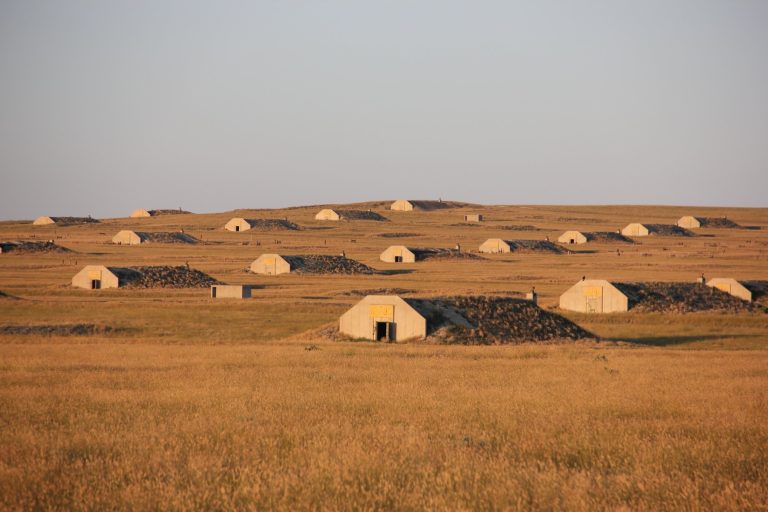SIOUX FALLS, S.D. — Much of South Dakota will see a familiar weather pattern this week: very hot temperatures and little precipitation.
With more research connecting climate change to conditions like these, forecasters say extreme weather is becoming more customary.
The U.S. Drought Monitor labeled nearly 70% of South Dakota in severe to extreme drought this week.
Mike Gillespie, hydrologist for the National Weather Service in Sioux Falls, expects little change over the next month. He said while the region is not always grappling with extreme heat or bitterly cold temperatures in the winter, recent history is telling

.
“Much of the state has had two or three of their wettest years, as well as a couple of their driest years, in the last ten,” Gillespie reported.
Not only do the current conditions pose direct health risks to vulnerable populations, Gillespie noted they impact water quality and water supplies, which affects farmers through irrigation and their livestock by potentially increasing the chemical levels in their water supply.
A 2020 study from Clemson University found climate change will result not only in more floods, but more dry seasons and water evaporation.
Separately, a 2019 study from the National Oceanic and Atmospheric Administration warned climate change will make extreme heat patterns hotter and longer in the future.
Gillespie suggested in the meantime, people should do all they can to minimize the impact.
“Don’t water your yard three or four times a week, limit your car washing, limit your water use as much as you can,” Gillespie outlined. “And conserve that water so that it’s there for whatever’s needed in these drier periods.”
At the same time, he advised residents living in flood-prone areas to find ways to better protect their homes from rising water during wetter seasons.
As for dry weather, the “States At Risk” project predicted by 2050, South Dakota could see as many as 35 dangerous heat days each year. It currently averages 10 per season.













